Treatment of Gold Precipitate Containing Copper
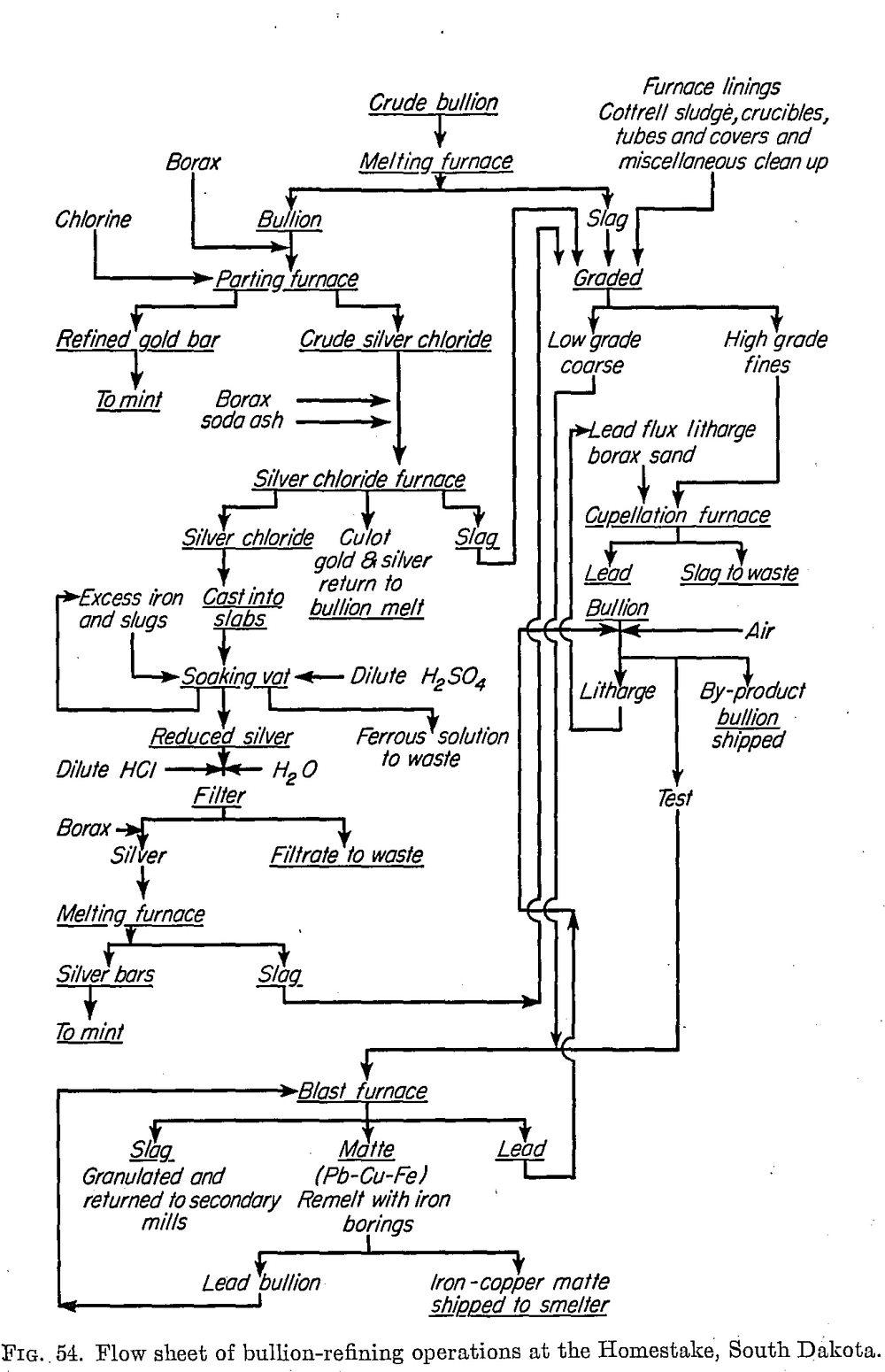
A paper with this title by Norman Hedley and J. J. Kress, Trans. 48, CJ.M. and M.,252-258, 1945, describes a method evolved at the Ore Dressing Laboratory of the American Cyanamid Company for treating gold precipitates containing copper. This comprises treating the precipitates with acidified ferric sulphate, followed by precipitation of the dissolved copper and any […]
Melting Gold Precipitate
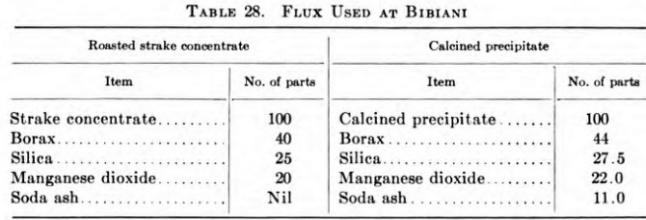
Three types of melting furnaces are in general use, all oil-fired for the Melting of Gold Precipitate. For smaller plants treating gold ores, the tilting furnace with removable graphite crucible is usually preferred. Clay liners are quite generally used to prolong the life of the pot. In larger plants, particularly those treating silver ores, tilting […]
Gold Precipitation Methods
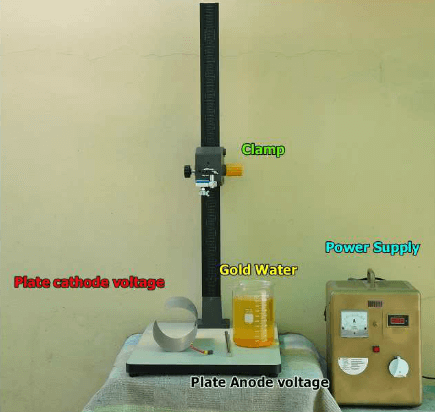
Clarification of Gold Solution The first essential to in any methods for effective Gold Precipitation is clear solution. Regardless of color, the solution must be bright and sparkling and entirely free from colloidal solids. One of the most important advantages of proper clarification is the avoidance of undue pressure build-up in the precipitate filters. With […]
Anthracite Preparation
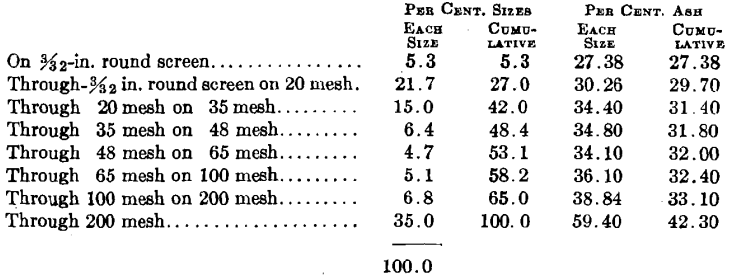
The modern anthracite breaker or washery uses almost exclusively a wet method of preparation, which requires, roughly, 1 gal. of water per minute per ton of production per day. The entire anthracite industry uses about 320,000 gal. per min. of water for this purpose or 800,000 tons of water per day. As this water leaves […]
Tailings Pond Water Balance
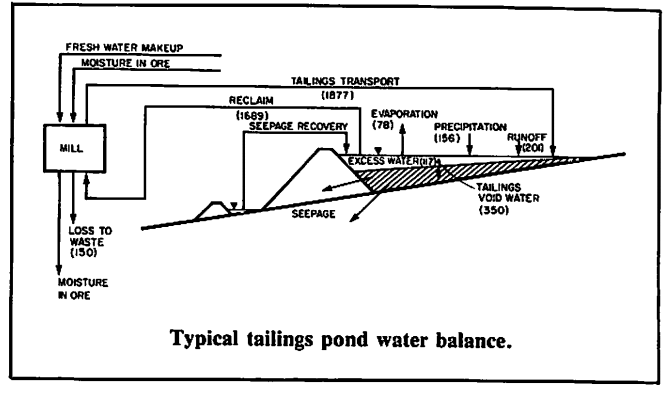
Water systems in modern mines are complex and an understanding of the tailings pond and plant water balance is necessary. Control of the water balance can avoid problems such as operating losses from water shortages or hazardous releases as a result of a water surplus. Here is a schematic of a typical water balance. By regularly monitoring the various components […]
How to Perform a Sieve Analysis
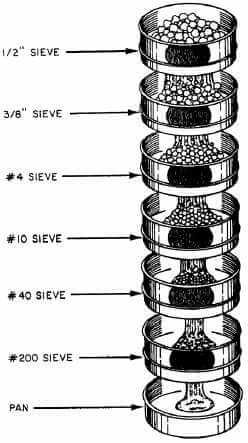
For particle size analysis, the test sieve remains a cost effective and precise measuring instrument for dry non-agglomerated particles. Test sieve analysis is widely used for quality control in many industries worldwide, the test sieve process is a simple and common practice to measure particles size and dry relatively free flowing materials. This here assumes […]
Refractory Gold Ore Treatment Methods
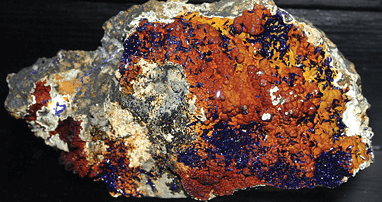
Where gold is associated with arsenic, antimony, tellurium, and certain other minerals, it is often only partly soluble in cyanide solution. The difficulty is usually more of a physical than a chemical one but special methods of treatment may be required. Gold Leaching & Processing of Arsenic Ore Mispickel (Arsenopyrite: FeAsS).6 When this mineral occurs‘in […]
HPGR
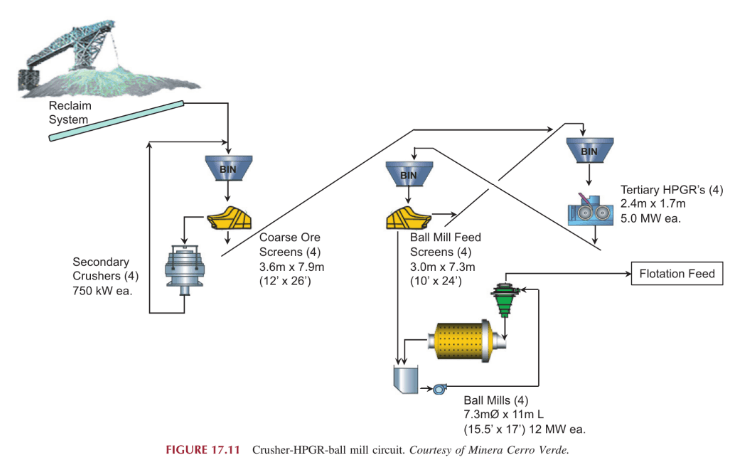
HPGR or high-pressure grinding rolls have made broad advances into nonferrous metal mining. The technology is now widely viewed as a primary milling alternative, and there arc a number of large installations commissioned in recent years. After these developments, an HPGR based circuit configuration would often be the base case for certain ore types, such as […]
Gold Shaker Tables: Efficient Gold Recovery Solutions
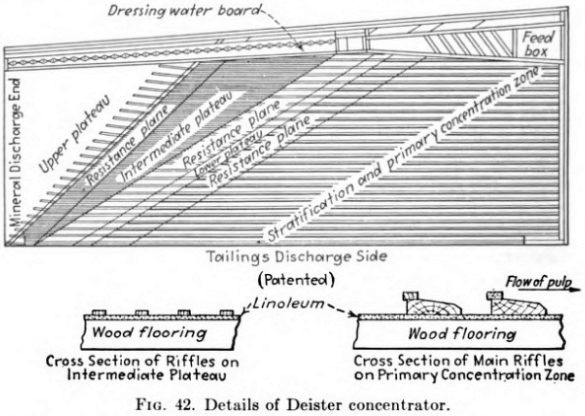
Overflow from the grinding mill runs over Gold Shaker Tables which are flat and smooth and made of a fibrous wood known as “yolombo.” They are arranged in series much the same as blanket or amalgamation plate tables. The grain of the wood in the deck runs with the flow of pulp, and a sharp-pointed tool is […]
Gold Recovery Methods
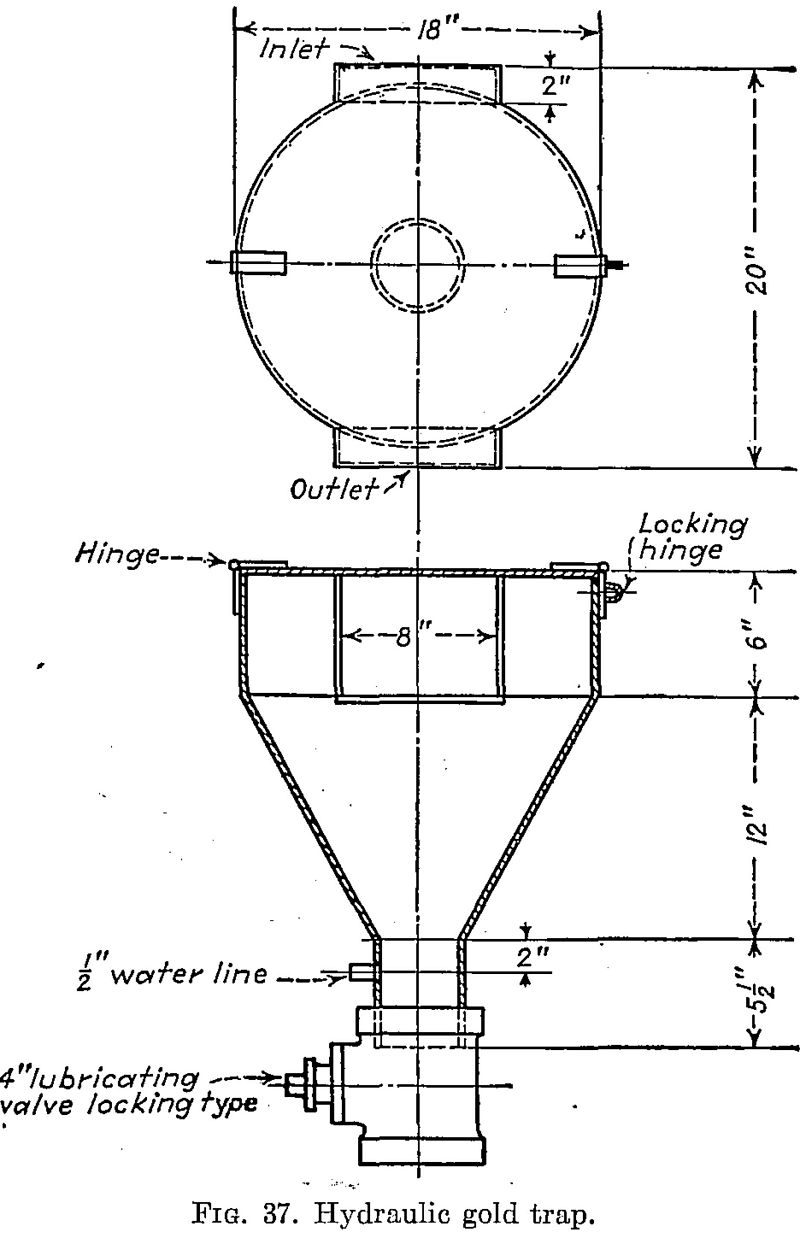
Regardless of subsequent treatment, it is considered best to recover free gold as early and as completely as possible in the flow of pulp. Gravity concentration in various forms is made use of for this purpose and amalgamation used for recovering the gold from the gravity concentrate. Concentration is also extensively practised where a large […]
